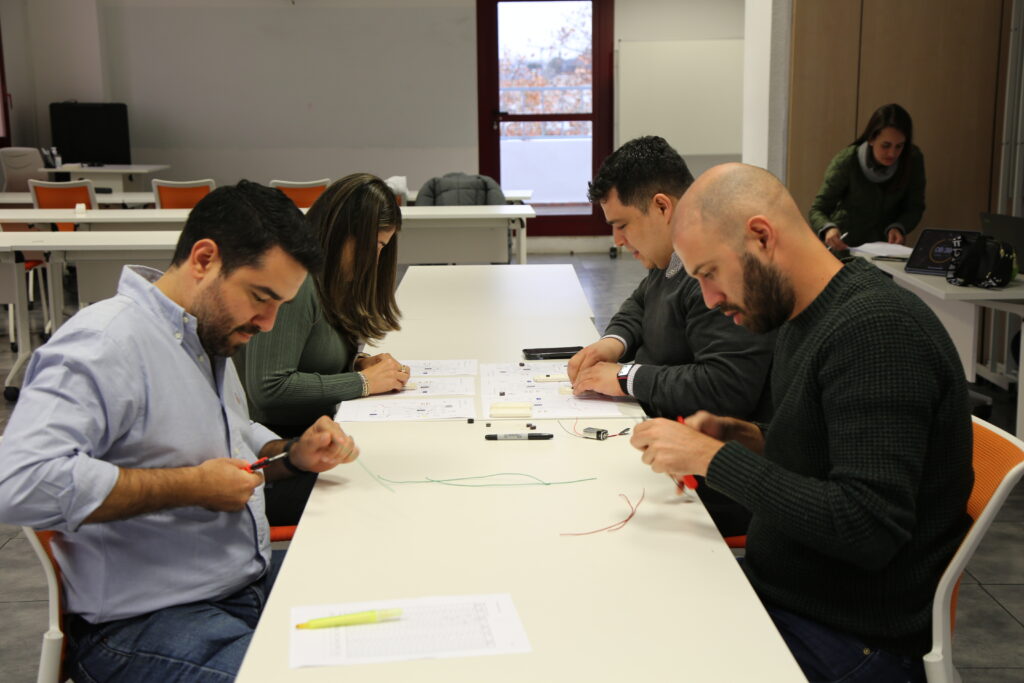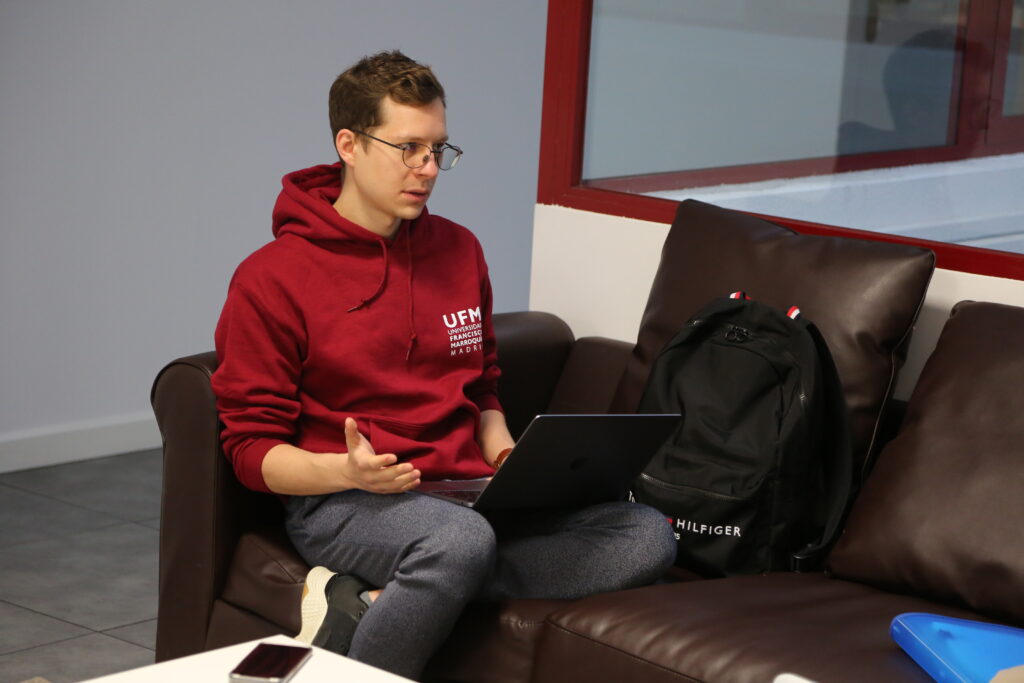So You Want to Make Money? Let’s Talk about Working Capital
DECEMBER 2, 2014
Think of it as a dance. You want to be the person moving with graceful, knowing ease . . . and this “dance” you’ll be taking part in is all about how efficiently you make money.
There are a lot of things that can make or break your business. Working capital is no exception. Done well, it can push your business to the top. Done badly . . . well, you know what can happen.
Think of it as a dance. You want to be the person moving with graceful, knowing ease—not the person bumping into people and turning your partner’s toes purple. But that’s just a metaphor, and this “dance” you’ll be taking part in is all about how efficiently you make money.
An executive in a big company already knows the twists and turns of driving a profit. It’s all about taking raw materials and labor and turning them into the goods and services customers will pay to receive. The profit that comes out of doing the aforementioned properly can be derived from the difference between the prices paid for your good or service and the costs it took to serve your customers.
Sound simple?
Of course it does, but as anyone who’s gotten a degree in entrepreneurship knows, there’s always a catch. See, in order to make money, you often have to be willing to give customers credit. It’s like that old saying from J. Wellington Wimpy, the comic world’s most famous moocher, “I’ll gladly pay you Tuesday for a hamburger today.” If you can allow customers to buy now, and pay later, you can usually up the price and charge an extra percentage just for the convenience. And customers aren’t the only ones relying on credit in this situation. You might also find yourself in debt to suppliers.
But how do you balance the scales? Well, you have to make sure enough money is coming in to pay off suppliers, and the only way to turn a profit is by getting back more than you owe.
Let’s break it down for you and take a look at the components of working capital.
Accounts Receivable
Accounts receivable is the credit you give to your customer, so that they can have your product today, as long as they promise to pay you back within a formerly agreed upon time frame. In their book, The Accounting Game, Darrell Mullis and Judith Orloff put working capital to the test by using a simple lemonade stand example. So let’s run with their idea.
Consider a young entrepreneur selling lemonade on the side of the street. Her brothers each take a glass and promise to pay next Sunday when they earn their allowances.
Her lemonade stand may show a profit but could really be losing cash. The aspiring entrepreneur has to make sure that her accounts receivable days are as short as possible; otherwise, without enough cash coming in, she won’t be able to pay workers, suppliers, banks, taxes, and so on. While our little entrepreneur may not face the shock of this type of ruthless entrepreneurial education, people with real world businesses won’t be so lucky.
You can make your accounts receivable more successful by taking care of a few key factors:
Don’t give credit to customers who don’t demand it.
Avoid giving credit to customers who won’t pay it back.
Consider giving credit to those who will pay higher prices, buy in larger volume, so long as you extend them credit for a period of time.
Inventory
Inventory consists of the raw materials, the work in progress, and finished goods you need to have to keep providing products for customers. Once the lemonade stand is up and running, customers may start swooping in. Will our young entrepreneur have enough lemonade on hand to supply all of her customers?
If she paid attention to demand and based her inventory off of how much she anticipates selling, she’ll probably do all right.
As a general rule of thumb, less inventory is better. Inventory’s risky: it ties up cash or can spoil and become damaged while waiting for customers. But at the same time, you don’t want to scrimp on inventory too much or shortages could occur at different stages of production.
The main lesson any entrepreneurship course would teach is this: if you can’t supply customers, they may go somewhere else. You need to take care to properly balance supply and demand.
Accounts Payable
Accounts payable is what you owe to suppliers. In terms of the lemonade stand entrepreneur, this is the money she owes to her mom and dad for fronting her the supplies she needs to make the lemonade. Her parents let her have the supplies as long as she promised to pay them back within a previously agreed upon time frame.
As with the rest of our process, accounts payable is a careful dance. You want to stretch credit with your suppliers as far as possible, but you don’t want to stretch it so far that they start demanding higher prices or offer inferior services.
While an MBA in entrepreneurship can help, even a little girl with dreams of building the best lemonade stand on the block can think about working capital and ways to drive more profits. When handling working capital, make sure that you’re taking your investment seriously. Some businesses are simpler than others. Some are more complex.
The amount of working capital you’ll need depends on the length and complexity of your assembly line, or service delivery process, how much credit your customers demand, and whether or not suppliers are willing to extend credit.
Want to learn more?
Click here to learn more about Acton and its groundbreaking MBA program, sign up to visit a class or contact us directly with questions. We’d love to hear from you!










